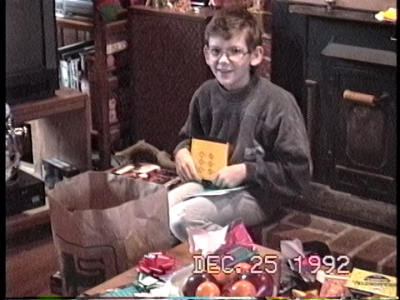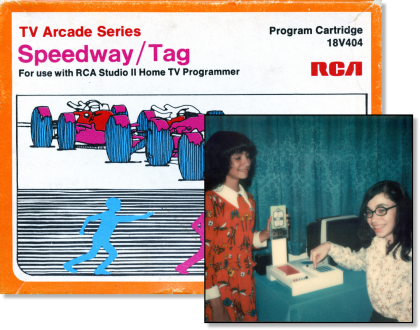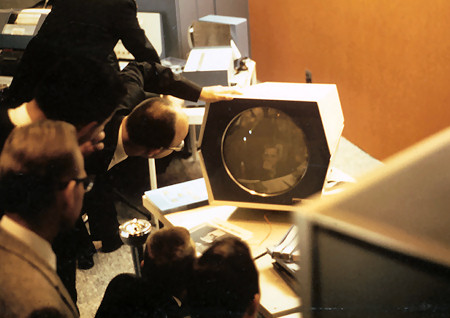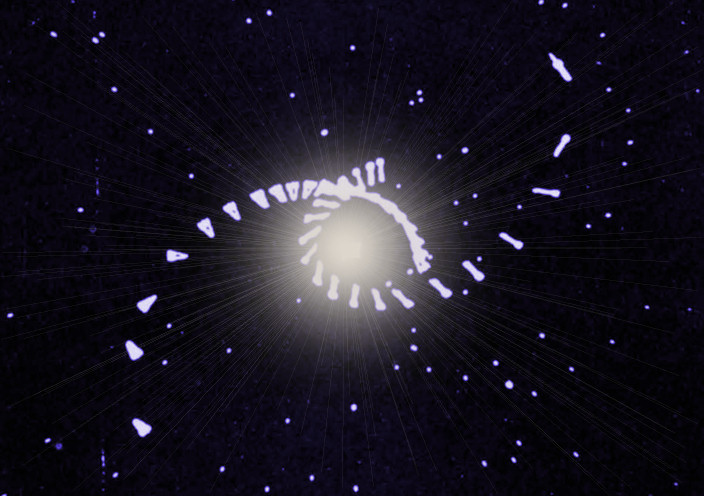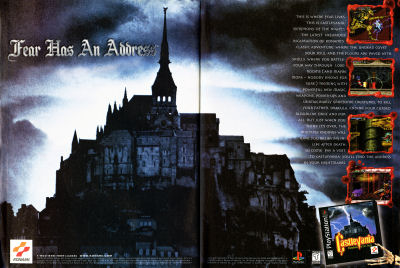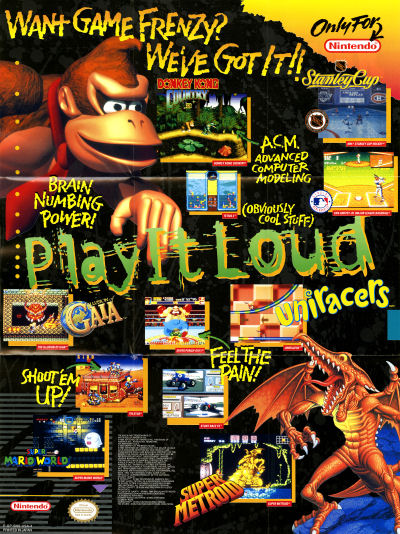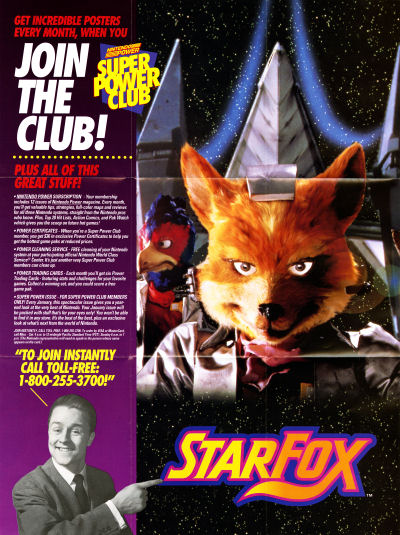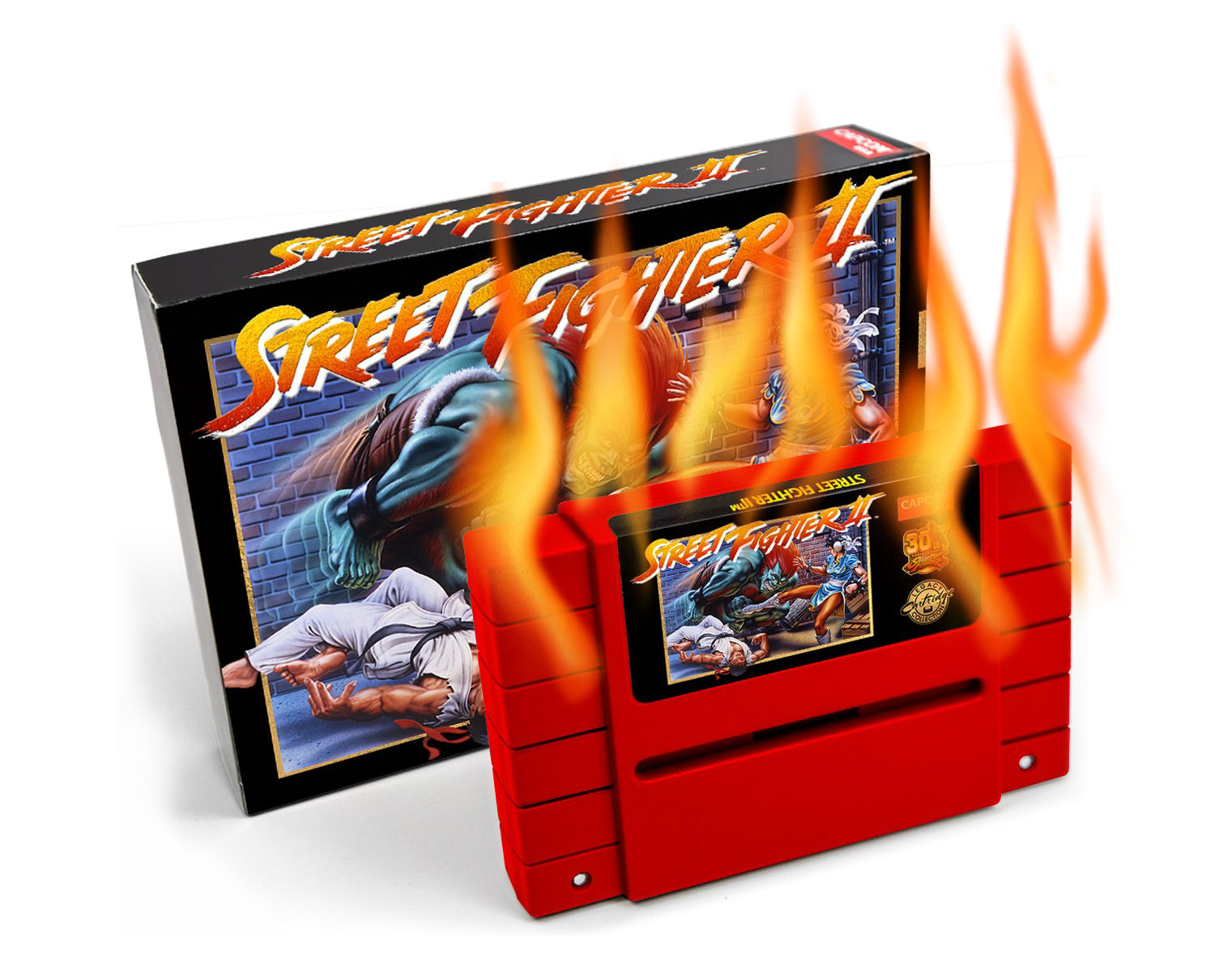[ Retro Scan ] Mike Tyson’s Punch-Out!! Promotional Photo
Wednesday, February 27th, 2019I have a framed print of this 8×10 photo hanging on my office wall. The first time I put it up and my kids came in, the conversation went something like this:
“Daddy, why is there a photo of a naked man on your wall?”
“That’s Mike Tyson.”
“…”
“A famous boxer from the 1980s.”
“…”
“But why is he naked.”
And so I hit upon a 1980s cultural zeitgeist I never thought I’d have to explain to anyone.
Nintendo’s 1984 arcade classic Punch-Out!! — which used richly detailed graphics for the time and dual monitors — was a masterpiece in creative arcade design. And in the 1980s, watching Mike Tyson fight (which I did a couple times on pay-per-view) was a thrilling experience. He was scary powerful. So when Nintendo combined the two together in 1987 as a game for the hottest console of the day, they cooked up the recipe for something amazing: Mike Tyson’s Punch-Out!!.
Mike Tyson’s Punch-Out!! still holds a place as one of my favorite NES games. It’s dynamic, beautiful, and fun. It’s challenging, but doesn’t feel unfair. Curiously, I must have only played friends’ copies of MT’s Punch-Out!! (or we traded it) because we also bought the non-Tyson version (with Mr. Dream) Nintendo released in 1990.
This photo is a promotional handout Nintendo sent to the press in 1987. I believe I own the only known physical photographic print of this image. (I’m sure there are others out there, but we don’t know where they are). Last year I sent a high-res scan of this image to The Gaming Historian for one of his YouTube features and also to Frank Cifaldi for Video Game History Foundation exhibits. So you may be seeing it more often in the future.
The back of the photo says this:
Mike Tyson, undisputed heavyweight boxing champion, has signed a promotional contract with the world’s leading manufacturer of home video game systems, Nintendo of America. Tyson will offer his name and likeness to “Mike Tyson’s Punch-Out!!”, a game which allows players to participate in a series of challenging matches, leading up to a battle against the champ himself. The Game Pak, designed exclusively for play on the Nintendo Entertainment System, will be available in October.
Discussion Topic: What’s your favorite classic boxing video game?
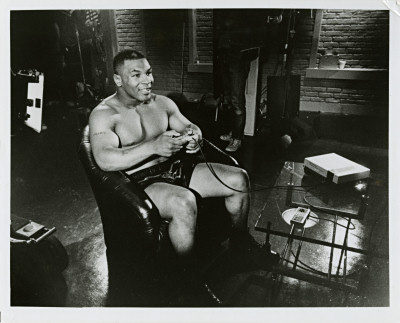
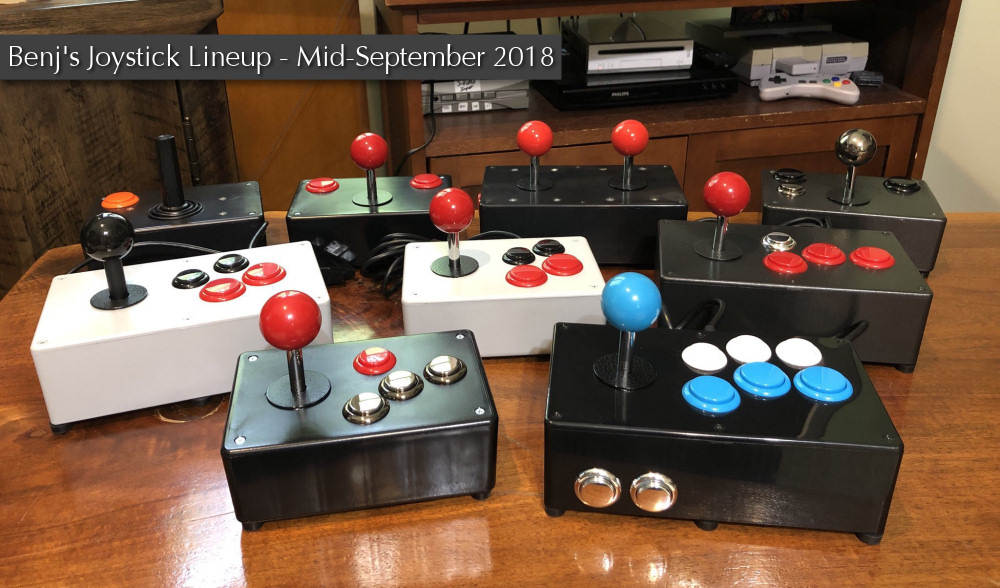
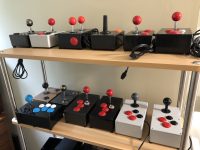
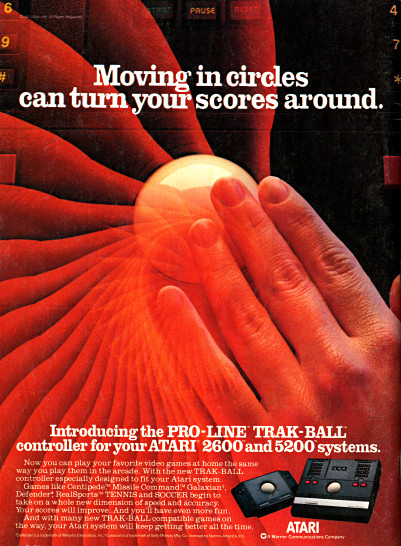

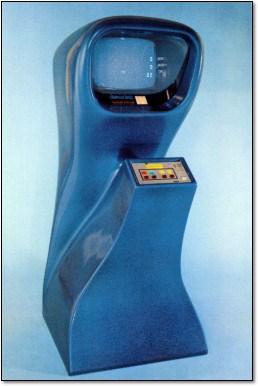 There is some confusion about the reason Dabney left Atari. Dabney told me that Nolan forced him out. Bushnell commonly cites poor work performance as the reason Dabney left. Absent some documentary evidence, the real answer will always be one of those fuzzy historical points left to interpretation. What we do know for sure is that the two founders were no longer getting along.
There is some confusion about the reason Dabney left Atari. Dabney told me that Nolan forced him out. Bushnell commonly cites poor work performance as the reason Dabney left. Absent some documentary evidence, the real answer will always be one of those fuzzy historical points left to interpretation. What we do know for sure is that the two founders were no longer getting along.
